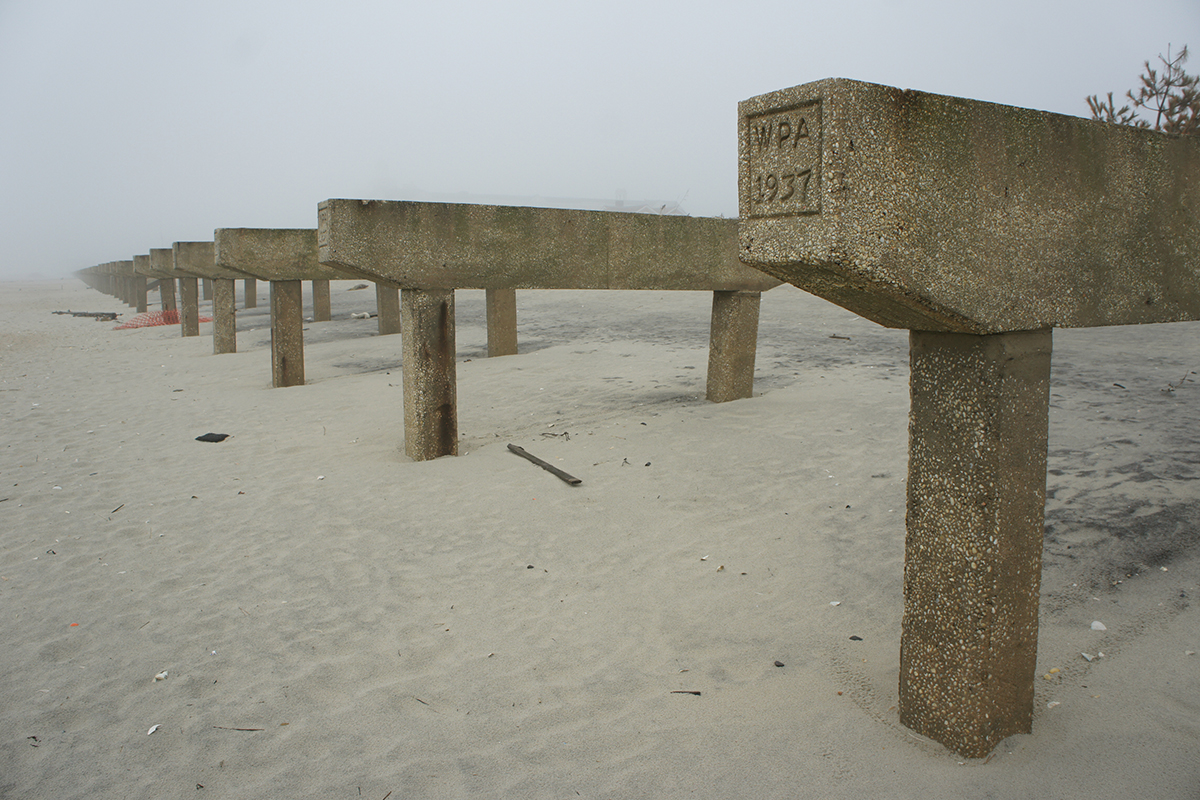
Armando Carbonell and Susannah Drake articulate the need for a national green infrastructure program.
“The problem today is that so many of the projects completed at the turn of the century and during the New Deal and Eisenhower eras are clearly at the end of their lifespan. As James L. Oberstar concludes in comments preceding the 2010 book Too Big to Fail: “Nearly sixty years after much of the interstate highway system was constructed in the 1950s and 1960s, we are now seeing many facilities become stretched to the limit of their design life and beyond. The world-class surface transportation system passed on by previous generations of Americans has reached the age of obsolescence and now needs to be rebuilt.”
“But the repair and replacement of these monumental infrastructure systems in their current configurations does not reflect social, environmental, and technological advances that have occurred over the last half century. That task requires what might be called WPA 2.0—the framework of that massive undertaking, but infused with new thinking about the environment and resilience, to make future infrastructure longer-lasting and with greater economic payoff.”
Read more: Doubling Down on Infrastructure, Planetizen
Photo courtesy of: H.L.I.T./Flickr